We previously looked at a train-themed cafe in Akihabara but now we turn our gaze to that ubiquitous icon of Japanese modern living – karaoke.
Karaoke (literally 空, or から, meaning “empty”, and オケ, “oke”, an abbreviated form of “orchestra”), is so synonymous with Japan that it has become a cliche. Karaoke is one of the most exported aspects of the culture; you can sing along to your favorite tunes in Korea, London, America, South Africa…you name it. Only, it’s not the karaoke the Japanese know and love.

In the west karaoke is resigned to special bars or to events. It is popular with students due to the necessity to drink a lot beforehand, and with bars and pubs that can hire out the equipment and hold a “karaoke night” to attract a crowd.
In Japan there are two basic types of karaoke venue.
Number one, and this is closest to its western counterpart, is the karaoke bar. Here you sit in the, usually tiny, counter, and belt out your song surrounded by friends and locals, under the watchful gaze of the mama-san. This type of karaoke experience is smoky, intimate and social. You mix with new people; the alcohol and the cramped quarters cause you to loose inhibitions. But they can also cause you to loose other things too, namely the coins in your wallet. These bars are often, but not always, essentially “snack bars”, especially if you are given nuts or finger food and served by a woman. And all this will come with a hefty table charge. This kind of karaoke is basically like going to a special bar; it is a bar experience distinctly Japanese, but it is a bar experience.

The second kind of karaoke space is closer to the “third spaces” that this series is all about. This the karaoke box. These tall, often narrow buildings can be seen in major commercial centers, in quieter residential areas, and even in the countryside. They ain’t pretty but contain a plethora of mini cubicle rooms for you and your friends to enjoy a private party. The convenience and price are big factors behind the popularity of karaoke towers, and that they allow the shyer singers the chance to croon in privacy. They are popular with youngsters, couples on dates and even families.

And the privacy also lends the karaoke room a slightly seedier face as well. After all, what goes on behind closed doors is a matter just for the occupants. The music may be playing but not everyone is singing. Don’t bat an eyelid if you see an old geezer with a high school-age lass, that’s just enjo kosai. Anyone who has wandered the anonymous corridors of numbered doorways in a karaoke box will see the resemblance to that other archetypal Japanese “third space”, the love hotel.
For those of you who wish to try karaoke at home, the Japan Trend Shop stocks the Noiseless USB Karaoke Microphone. Karaoke box interior images are from Karaoke Utahiroba, one of the many chain karaoke outlets in Japan.








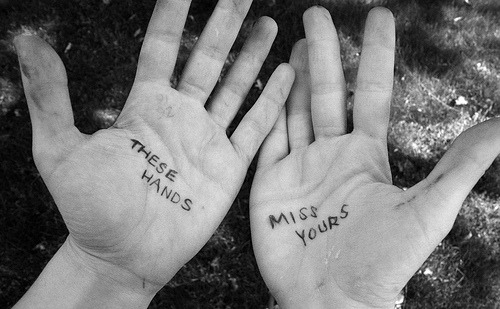





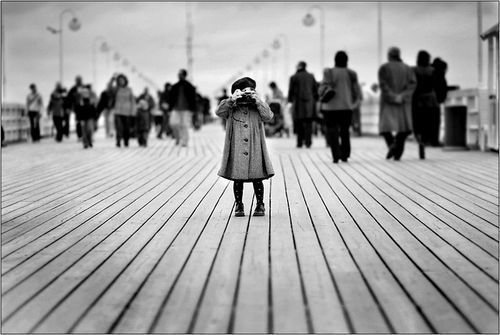

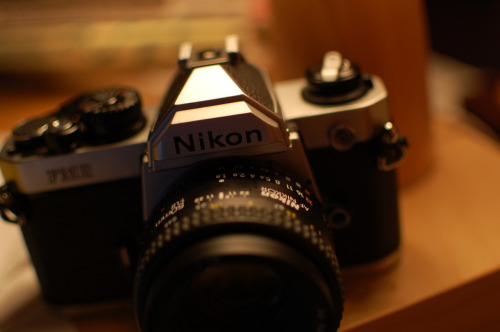
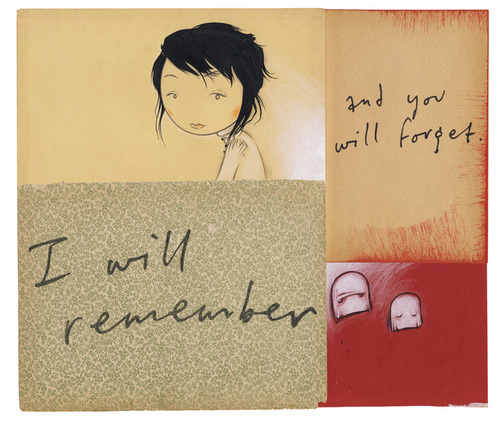


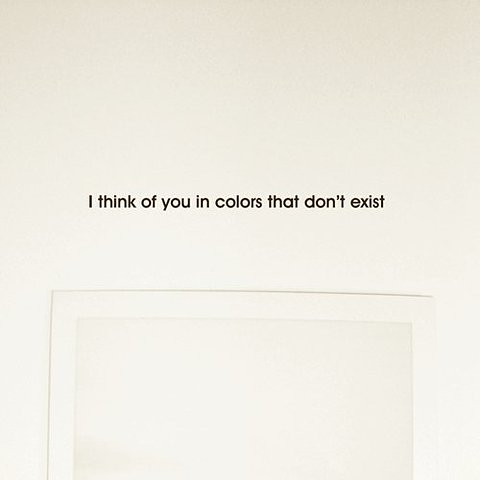

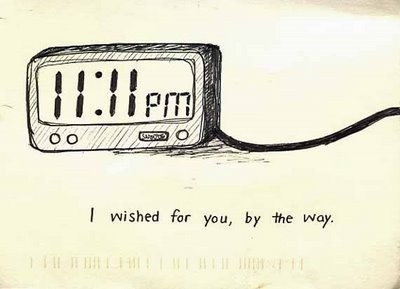


0 comments:
Post a Comment